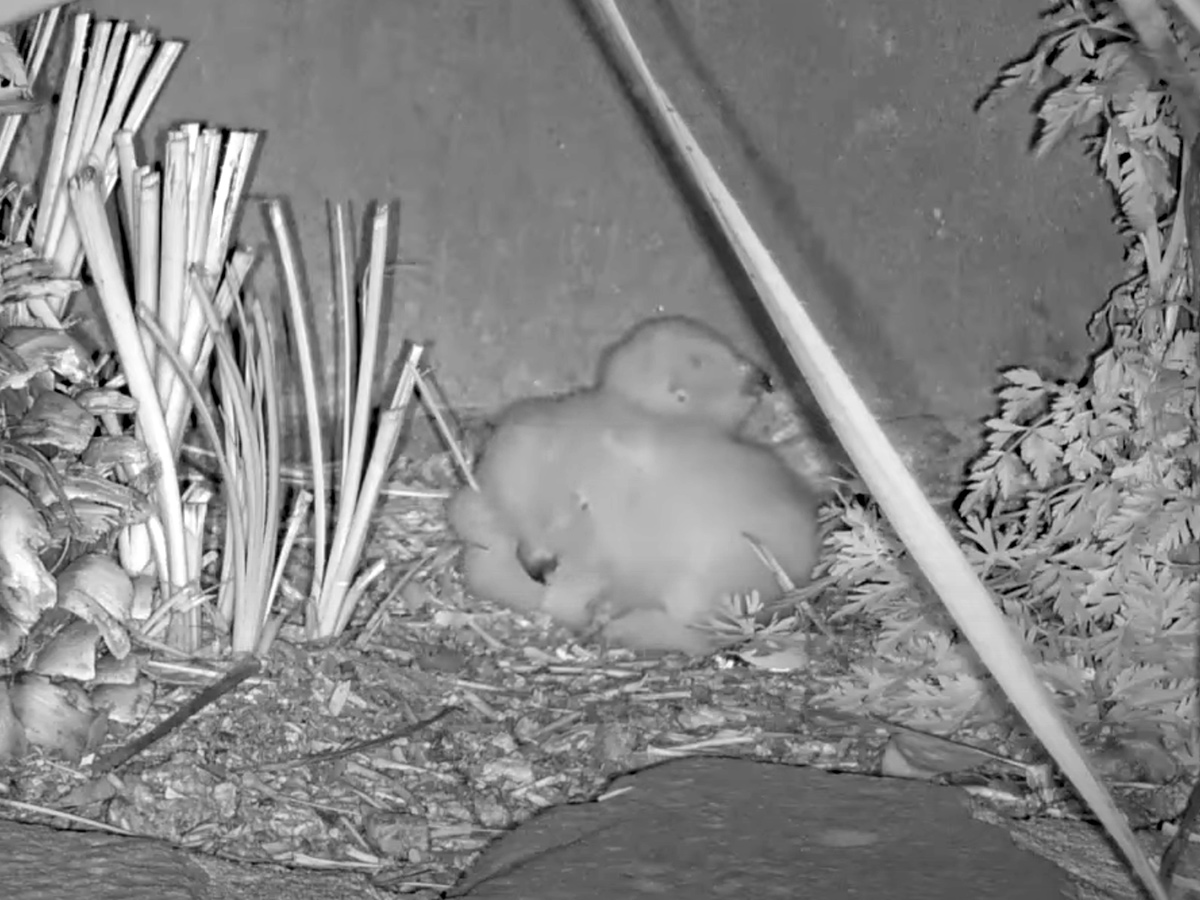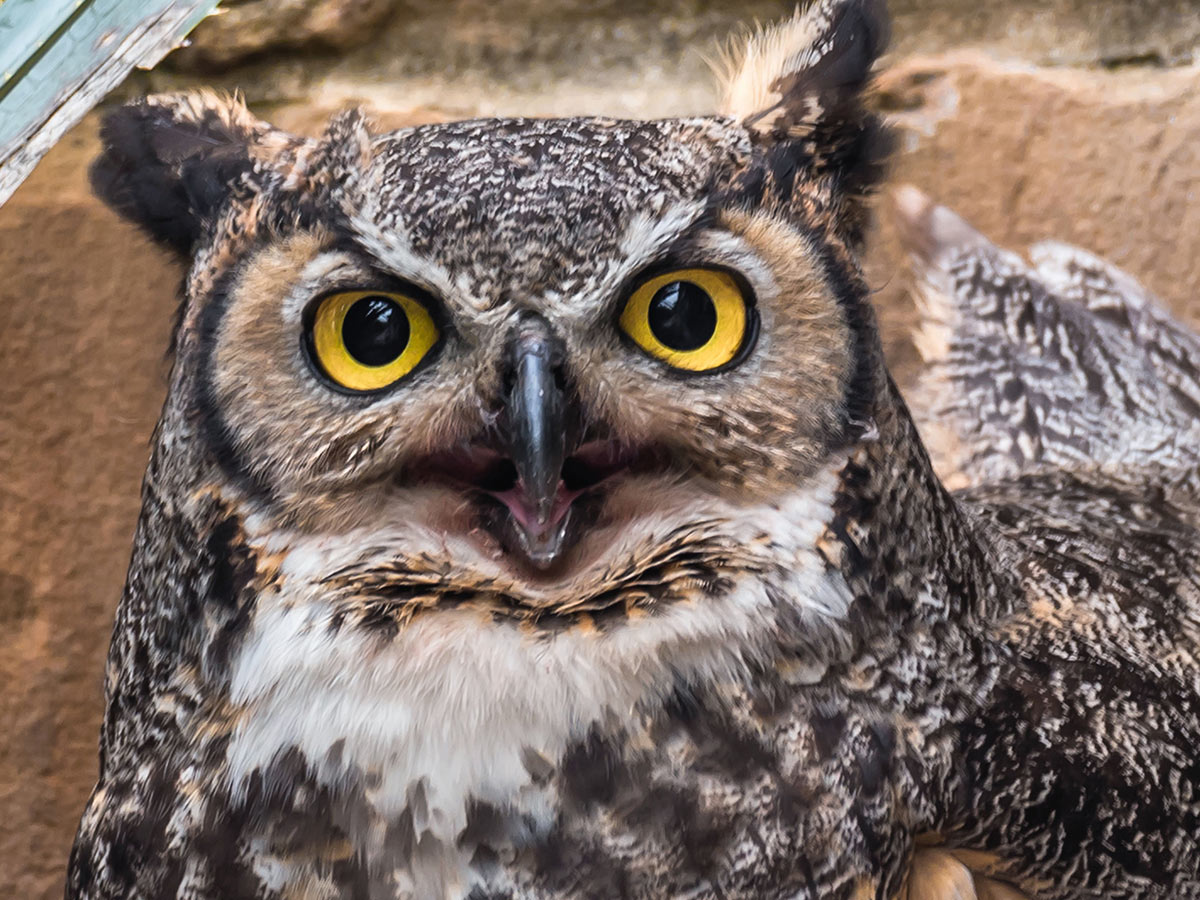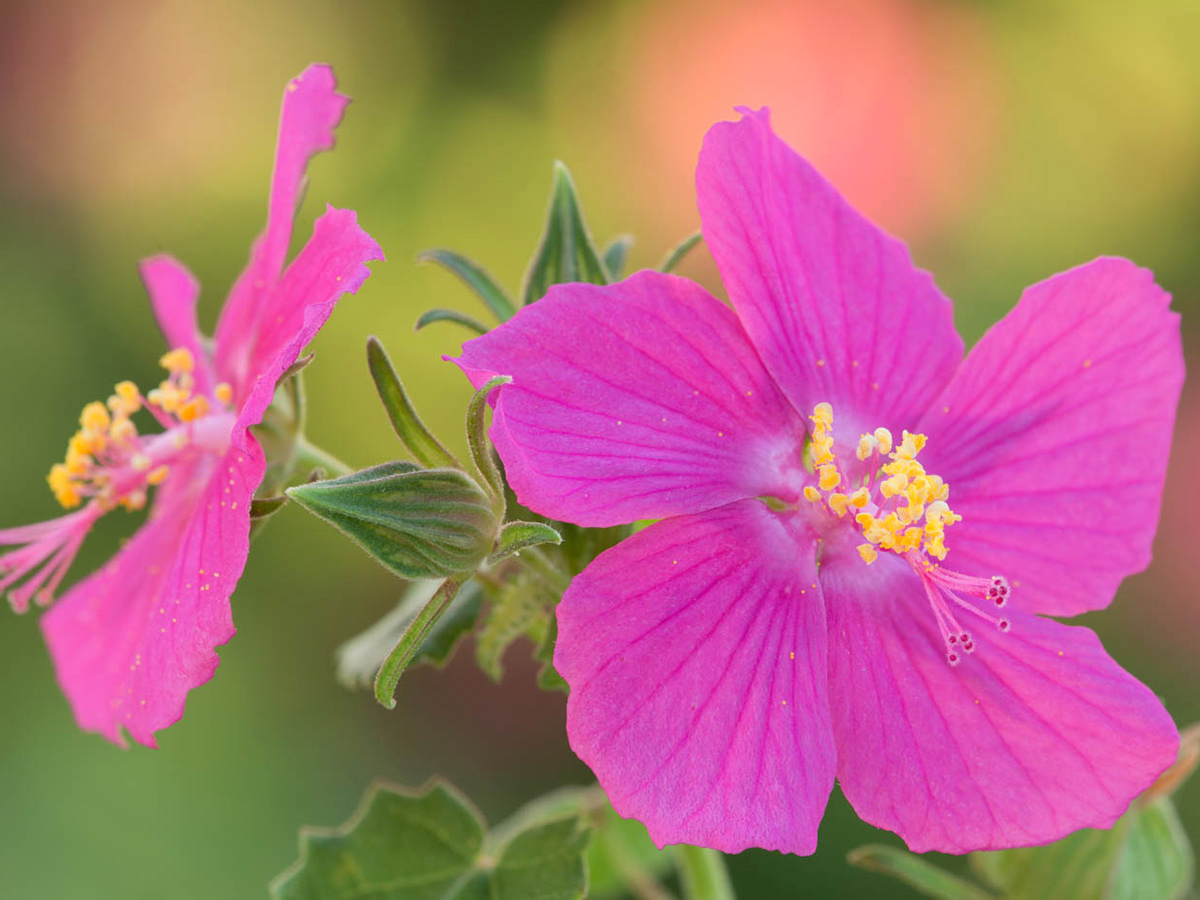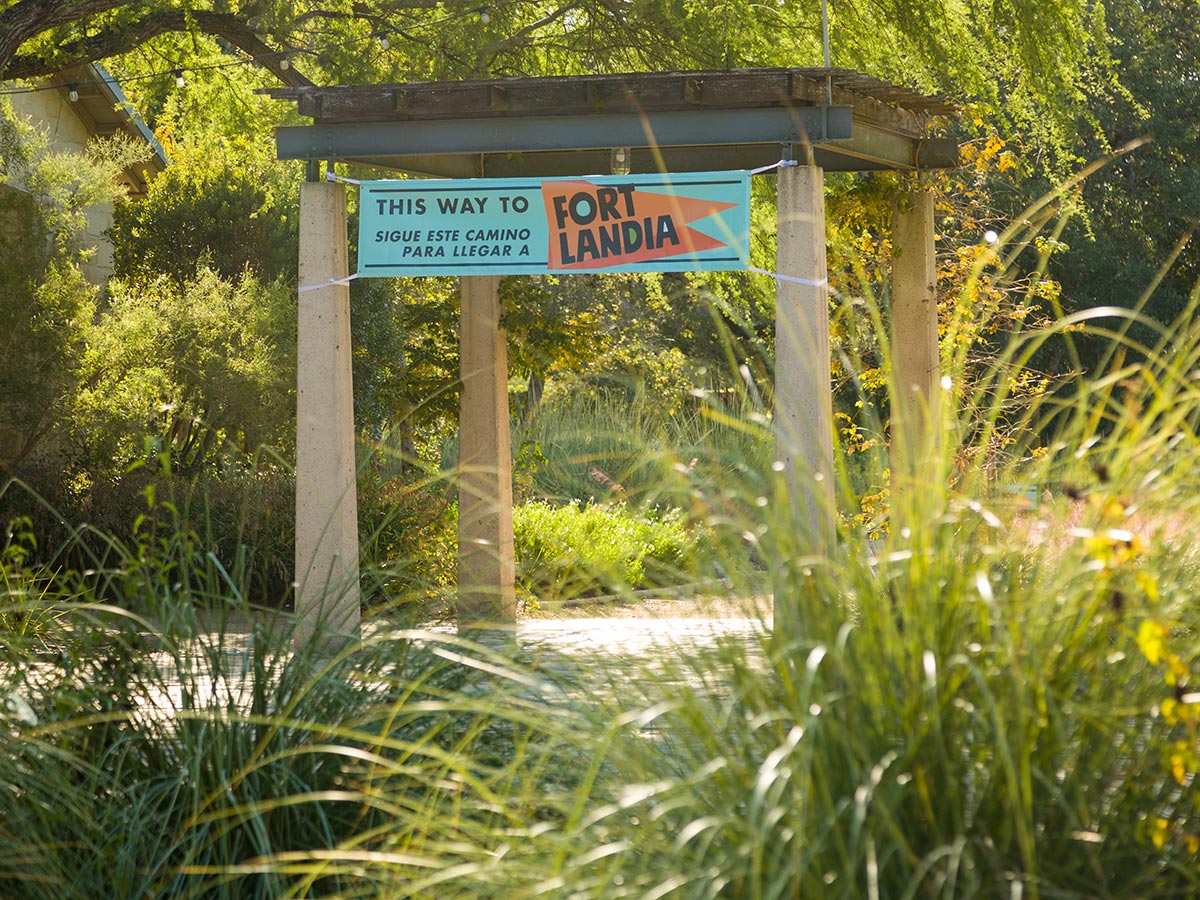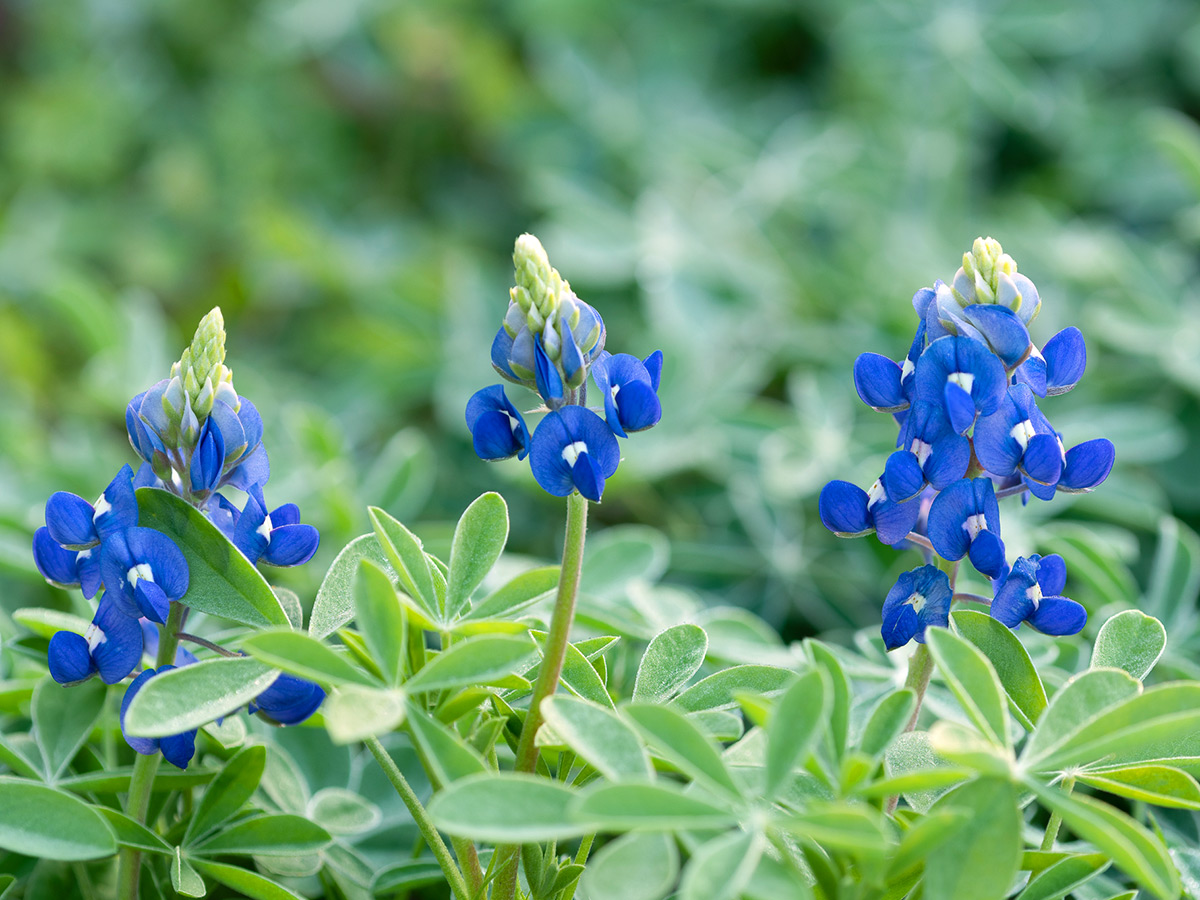PRESSROOM
Research Shows Wildflower Win
MORE THAN 40 YEARS AGO, Lady Bird Johnson started her campaign to beautify the nation’s highways. A key element in her arsenal was the planting of wildflowers along roadsides. This year, Wildflower Center landscape restoration staff reported results of a research project begun in 2004 that compared the performance of wildflower and native plant seed mixes with those commonly used by the Texas Department of Transportation (TXDOT).
The TXDOT recommended seed mix is planted during the spring planting season from February 1 to May 15. Temporary cover is recommended during the summer (May 15 to September 1) and the fall (September 1 to November 1). No planting is recommended during winter months.
The goal of the project was to find a native seed mix that meets TXDOT specs and can be planted in all seasons. The project was conducted in plots along the Loop 1 roadside in southwest Austin starting in 2004.
The Center planted the TXDOT standard mix for the Central Texas Region, comprised of Bermuda grass and four other native and non-native grasses, and compared it to a commercially-available seed mix of 10 native species and a seed mix of 21 species that is not now commercially available. This included curly mesquite, texas grama, hairy grama, Hall panicum, and fall witchgrass as well as several species that are commercially available–Indian Blanket, Standing Cypress and Blackeyed Susan.
At 21, 30 and 60 days, the native mixes both were outperforming the TXDOT mix by as much as a margin of six to one. Volunteers counted the seedlings in each plot to make the comparisons. The results were consistent for both spring and summer plantings. One year later, the natives were still ahead.
Jeanine Tinsley presented these findings at the International Conference on Ecology and Transportation in Little Rock this spring.

